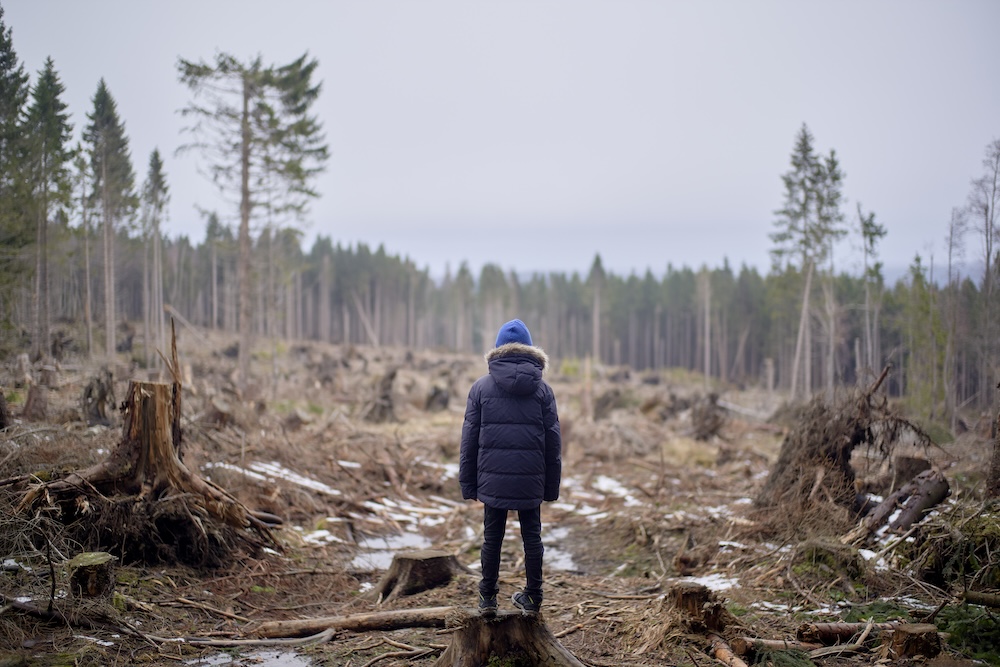Environmental challenges—from climate change to biodiversity loss—are escalating in urgency. Addressing them requires more than new technologies or policies: it requires knowledge, awareness, and collective action.
Environmental education and awareness equip individuals with the understanding needed to make informed choices, adopt sustainable lifestyles, and hold institutions accountable. At its core, education is not only about information—it’s about empowerment.
Why Environmental Education Matters
Understanding Complex Issues
Environmental education helps people grasp interconnected problems such as climate change, deforestation, and pollution. These challenges often overlap—rising emissions accelerate global warming, which intensifies storms and threatens biodiversity. Without foundational knowledge, solutions remain fragmented.
Promoting Sustainable Practices
Awareness creates action. People who understand the benefits of renewable energy, conservation, and recycling are more likely to make daily choices that support sustainability. This creates ripple effects: one household adopting composting, solar energy, or water-saving habits can inspire neighborhoods and communities.
Building Environmental Citizenship
When citizens are informed, they can participate meaningfully in public decision-making, advocate for climate policies, and push businesses toward accountability. Environmental education fosters a sense of responsibility that extends beyond personal behavior to systemic change.
Related Dimensions of Environmental Education
- Environmental Science – Provides the evidence base for understanding ecosystems, biodiversity, and resource management.
- Sustainable Development – Frames progress as a balance between economic growth, social equity, and environmental protection.
- Climate Change Education – Builds awareness of human-caused warming, its global impacts, and mitigation pathways.
- Conservation – Focuses on protecting natural resources, safeguarding habitats, and preventing species loss.
- Renewable Energy Literacy – Explains how solar, wind, and hydropower reduce reliance on fossil fuels and cut emissions.
Challenges to Environmental Education and Awareness
Unequal Access
Many communities, especially in developing regions, lack funding, trained educators, and resources for environmental education. This creates knowledge gaps at the very moment when global cooperation is needed most.
Misinformation and Low Scientific Literacy
In the digital age, myths about climate change or sustainability spread quickly. Without strong scientific literacy, misinformation undermines public trust and delays action. Promoting critical thinking and reliable sources is essential.
Lack of Coordination
Governments, schools, NGOs, and businesses often work in silos. Effective education requires collaboration, funding, and engaging materials that resonate with diverse learners.
Using Education as a Catalyst for Change
Inspiring Daily Action
Education turns abstract global issues into personal choices: turning off unused electronics, reducing meat consumption, or supporting circular economy products. These actions shrink carbon footprints and model sustainability for others.
Empowering Advocacy
Informed individuals become advocates for systemic change. They participate in campaigns, raise awareness in their communities, and pressure leaders to implement environmentally responsible policies.
Creating Ripple Effects
When education spreads through schools, workplaces, and media, it shapes culture itself. Awareness builds momentum, and momentum creates waves of change.
Conclusion
Environmental education and awareness are not side issues—they are foundations for a sustainable future. By providing the tools to understand problems and act effectively, education creates empowered citizens, stronger communities, and greener economies.
For governments, businesses, and individuals alike, prioritizing environmental education is one of the most powerful investments we can make in the health of our planet. Small shifts in awareness today create ripples that can grow into waves of transformation tomorrow.









Reader Interactions